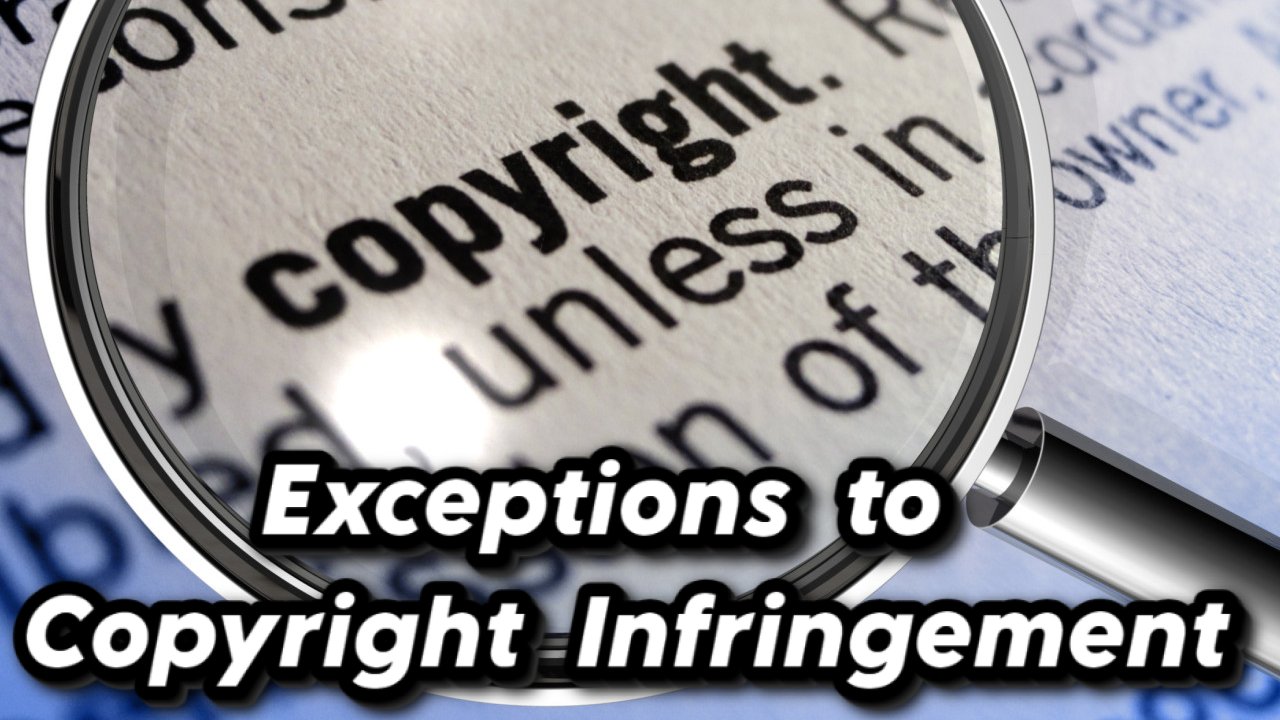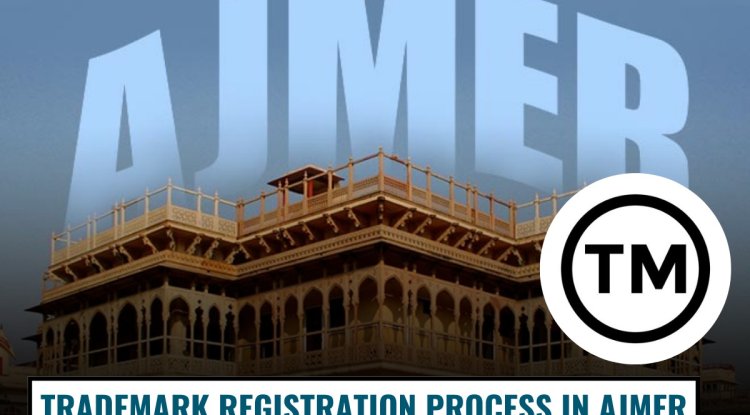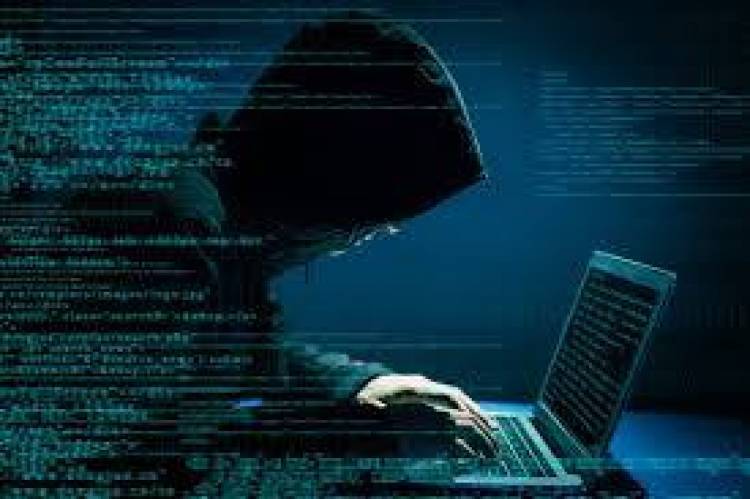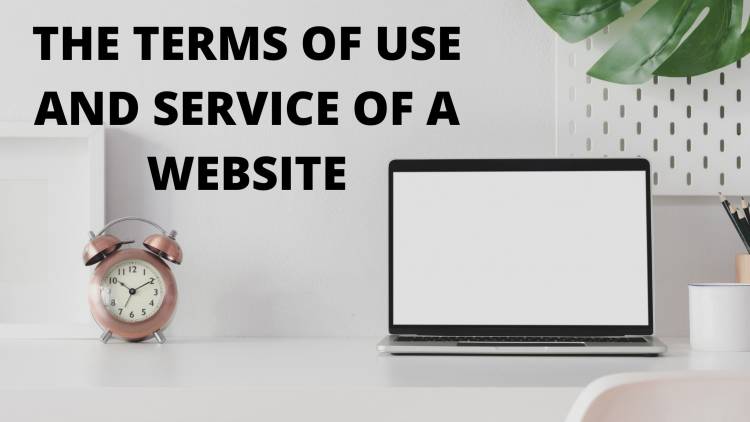EXCEPTIONS TO COPYRIGHT INFRINGEMENT
This article provides an insightful overview of copyright infringement and its exceptions under the Copyright Act of 1957. It explores the dual purpose of the Act, focusing on preventing exploitation of original works by owners and granting certain rights to the public. The article delves into the nuances of copyright infringement, emphasizing the exceptions available through common law and statutory provisions. It highlights the dynamic nature of social standards and public interests, which influence the evolving landscape of copyright protection. The exceptional defences, such as fair use and parody, are dissected, offering a thorough understanding of their application in legal contexts. The Berne Convention's three-step test is introduced as a framework for assessing copyright exceptions, and specific exceptions for literary works, sound recordings, musical compositions, and audio-visual works are outlined. The conclusion emphasizes that copyright, when appropriately balanced, encou

An Overview of Copyright Infringement:
The Copyright Act of 1957 serves two main purposes. Firstly, it aims to prevent others from exploiting the original work created by the owner, allowing them to reap the benefits of their hard work. Secondly, it includes the public in this domain, granting them certain rights to use the work as permitted under Section 52 of the Act. This twofold objective of the Act also offers several exceptions to infringement, with defences available to validate or negate infringement based on the nature of the case and the circumstances involved.
It is clear from the Act that if a user of a copyrighted work exercises any of the owner's exclusive rights without the prior permission of the Registrar of Copyright, it would be considered as an infringement of the owner's interests. In simpler terms, infringing on copyright means trespassing into a private domain that is owned and occupied by the copyright owner.
According to the Copyright Act of 1957, a work is considered to be infringed if it violates the terms of the license, or if it infringes on the exclusive rights of the copyright holder by communicating the work to the public in a malicious manner. This law is open to interpretation and provides exceptions to infringement through defences and careful reasoning.
EXCEPTIONS TO COPYRIGHT INFRINGEMENT:
Copyright law allows and disallows certain acts of discovery. Philosophically, all versions of a work are not mere photocopies. The value added to a work plays a significant role in determining its uniqueness. In essence, the world is all about building upon existing factors of life. However, the line is drawn when non-judicious use crosses into infringement. Thus, exceptions to copyright infringement exist to balance the interests of the copyright owner and the good of society at large. These exceptions are broadly classified into two categories: common law and statutory exceptions.
Common law exceptions are those that deny works whose sustenance affects or is contrary to the public interest. Statutory exceptions, on the other hand, are more specific and explain the permissible uses of copyrighted work under the title "permitted uses," which is crafted in Section 52 of the Copyright Act.
Social standards and public interests are not fixed but change over time. As a result, the nature of copyright protection has also evolved to accommodate these changes. This is evident in the emergence of exceptions to copyright infringement, which are determined by the specific circumstances of each case rather than a universal standard.
It is important to recognize the range of situations that fall within the categories of infringement and non-infringement, as this can help establish strong legal defences against charges of copyright violation. Permitted acts in relation to copyright include fair use of the work for educational purposes, both in-person and online. Additionally, there are exceptions for parodies and satire, which can be used to expose cultural or societal blind spots, and thus expand the boundaries of copyright protection.
DEFENCES PROVING EXCEPTIONAL:
FAIR USE of the work
When determining the fairness of reproductions, the defence of fair use requires analysing four substantial factors.
- The purpose and character of the use
- The nature of copyrighted work
- Substantial amount of original work used up and
- Value of the work in the public domain
When determining whether an action of exploitation by the claimant is considered fair use, the four-factor test must be applied. These factors assess whether the new work adds new expression or meaning to the original work, or if it is just a copy of the original. Courts often focus on whether the use is transformative. This exception is relevant when defending a subsequent work's authenticity and is based on the true intention of the copyright claimant. The correct use of fair use as a defence to avoid infringement allegations depends on fulfilling analysis criteria and giving credit to the original source. This is true even if the use is claimable under the doctrine of fair use. The legitimacy of the earlier work from which portions have been quoted or referred to is also important to the amount of replication in the subsequent work. This approach balances the rights of copyright owners. Examples of fair use include referencing for research purposes, reviewing or criticizing established work, reporting contemporary events, publishing or reproducing any musical, literary, dramatic, or artistic work, or any other work of subsequent creation backed by bona fide intentions for genuine purposes with the license or consent of the owner of the work.
PARODY
Parody is a form of criticism or satire that uses humor to expose flaws or convey a message about a particular work. However, it should not harm the original copyright holder's intentions or expression. This falls under the fair use defence.
To simplify exceptions to copyright infringement, the law recognizes the common use of fair dealing defense in resolving allegations of infringement. This exception is utilized by individuals to safeguard their work's originality, and authenticity, and encourage future creativity and innovation endeavours.
EXCEPTIONS IN ESSENCE:
Flexibility in copyright law is exercised through the three-step test established by the Berne Convention:
Copyright infringement cannot be excused unless there is a specific limitation or exception that allows it and these are:
- Comes under the purview of special cases.
- Does not intervene in the reasonable standard of exploitation within accepted bounds and
- Does not arbitrarily predict the legitimate interests of the author.
A general overview of the exceptions for different types of works is as follows:
Literary works
The level of precision and predictability in the duplicated version determines the extent to which infringement can be exercised. As long as the user adheres to the prescribed limits, they will not face any infringement claims. A safe harbor can only be claimed if the duplication of the original work falls within permissible thresholds and limits.
Sound Recordings and Musical Compositions
It is important to ensure that the amount of reproduction of a sound recording is within the safe harbour, which is the legal limit for reproduction. Any use of protected materials beyond this requires permission or a license. Sampling of musical compositions should also be done within the approved limits for reproduction, recreation, or reference, including the selection and arrangement of the composition.
Audio-visual works
The medium used to market or propagate the original work determines the extent to which it can be reproduced and thus defines the permissible limits of copyright infringement exceptions. The allowed limit for competition among derivative works should be considered an exception to copyright infringement of the audio-visual work.
CONCLUSION
In summary, copyright should not hinder the creative manipulation and reuse of existing materials, as long as no other laws are violated. Setting a limit on the reproduction of visual, literary, musical, and sound recordings encourages individual improvement while also preventing unauthorized use or reproduction.












